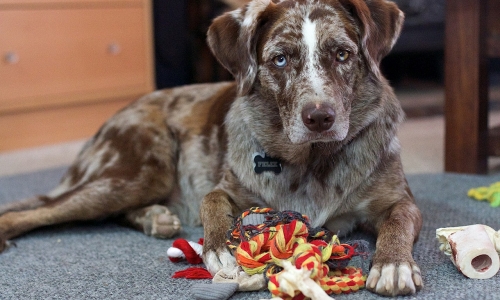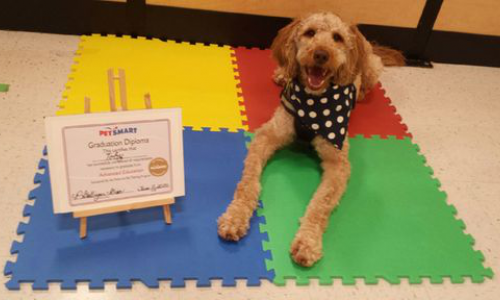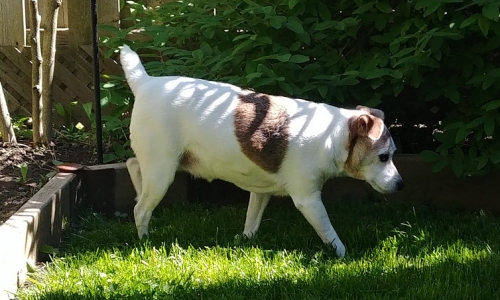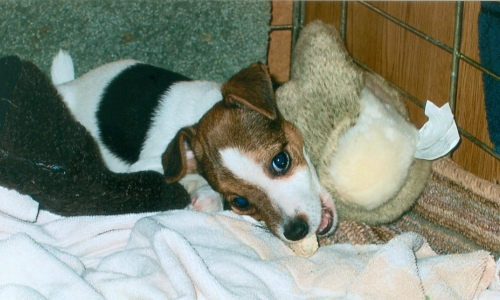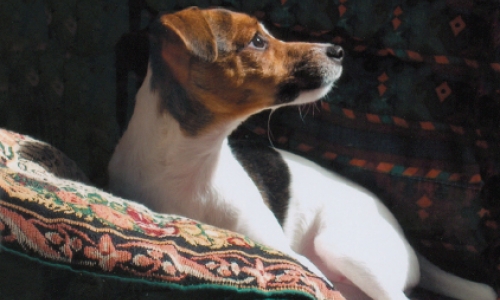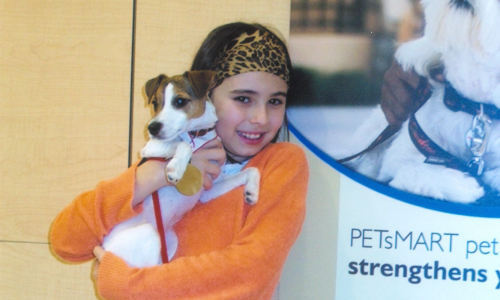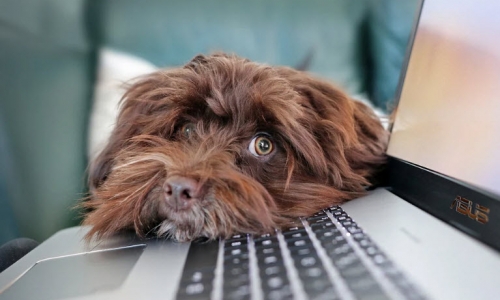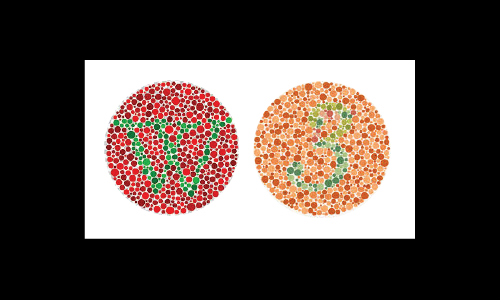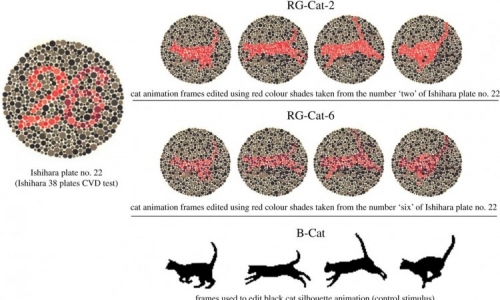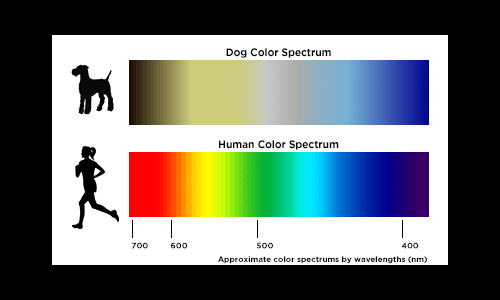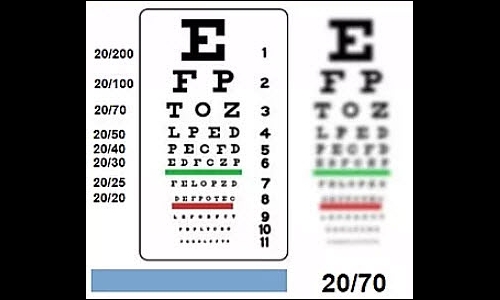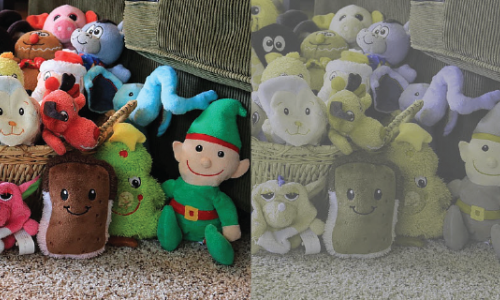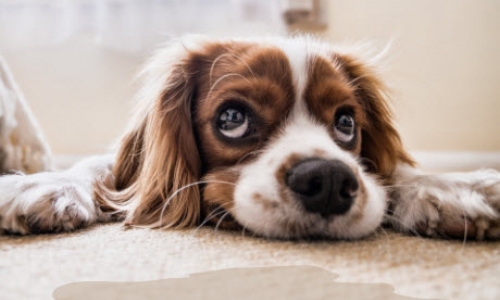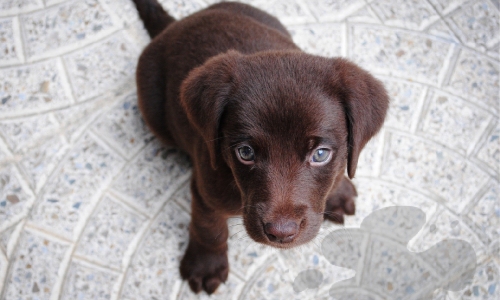Nature versus nurture is less critical than timing
The four key stages of a puppy's life

Anti-social behavior in dogs can be traced to a lack of observance of the four early stages in a puppy’s development. Problems such as aggression towards humans, fear of strangers (humans and dogs), fear of children, separation-related barking, and exaggerated sexual behavior, are usually related to an interruption of their natural physiological trajectory at key points between birth and four months of age. Timing has a profound effect on the dog your puppy will eventually become.
Studies have shown that even in utero, high levels of stress hormone, can cross the placenta barrier and may affect unborn puppies, eventually, contributing adversely to their personality.
As per Jake Page, author of Dogs, A Natural History, puppies are the larval form of dogs; a newborn’s brain can control only heartbeat, breathing, and balance. J. P. Scott, co-author of Genetics and the Social Behavior of the Dog, and his colleagues identified four distinct phases of development in a dog’s path through puppyhood.
Neonatal period
In the first two weeks, a puppy cannot hear or see and cannot smell much beyond the warm scent of its mother, when she's nearby. At this stage, a puppy is pretty much just a sucking machine. Its repertoire of sound is limited to a weak whine or yelp. Using its front legs, it can only crawl forwards or in circles.
Puppies can suck on their own but usually need the mother to get them lined up at the breast, where they knead the teats, triggering the flow of milk. All a puppy knows of its world at two weeks, is what it can touch or taste. While feeding, the mother licks the puppy’s genitals and rear-end, to stimulate evacuation of urine and feces. This she consumes, to keep her puppies clean. Rarely does the paternal dog get involved with puppy rearing in a natural setting, unlike many canines in the wild.
In these first two weeks, most of a puppy’s nerve fibers have yet to develop what's called the myelin sheaths which aid in the exchange of signals between nerves. According to aesthetic preference, tail docking is performed in the first three days of life, as it was once thought that puppies were incapable of feeling pain at this stage. It’s now been confirmed that, to the contrary, puppies do feel the pain, just not right away. Tail docking serves no purpose and yet this cruel practice continues. It’s known that the tail is used as a primary method of communication between dogs. Denying them a tail permanently puts them at a disadvantage when it comes to communication amongst their own kind.
In this larval phase, puppies are insulated from most of the stresses of the world around them. The few nerves that are already more functional and properly sheathed, only go to the mouth, jaw, and part of the nervous system that affects balance. Gentle handling by humans at this stage creates dogs better able to handle stress as they grow older, in essence contributing to what is known as the “bounce-back” effect (the ability to remain calm in new situations, and, if startled, the ability to recover quickly).
Transitional period
Between two and three weeks puppies undergo a stunning transformation. Their eyes open though full sight will take a further six weeks.
Puppies now begin to move away from the nest for short distances, to poo and pee on their own, with no maternal stimulation. Play between puppies now begins with partial sight and the ability to move backward. By the end of the transitional period, most puppies can wag their tails in response to a pleasurable emotion elicited by a social object. Teeth are starting to come in and they begin to ineffectually bite and chew. This phase is over when their ear ducts open and they develop a startle response to sound. At this point puppies transition into a phase of exploration and discovery, of the new world, they can now perceive with all their senses.
By four weeks puppies have a sense of space. They can control body temperature and metabolism. They can stand and deal with soft foods.
At five weeks the mother begins to wean her babies. At seven weeks, puppies learn to compete with their siblings, communicating with one another via growling and snapping. More and more the mother will stand up and walk away when they try to nurse. Studies have shown that if she is particularly harsh with the weaning process, the puppies will usually grow up to be less sociable with humans, and perform less well with training tasks like fetching a ball.
By seven weeks the mother will start to stay away from the pups for long periods of time. The puppies will begin to move around in a group, following one another. Play behavior sets in, to a serious degree. Seven weeks is still a tremendously important time. If puppies are removed from their siblings at this point, they will likely become aggressive toward other dogs, in maturity. Many puppies are re-homed between six and eight weeks, to the detriment of their eventual ability to properly socialize with their own kind.
Conversely, if a puppy were to be put in with a litter of kittens at this stage, it would later avoid dogs and associate with cats—in essence altering its psychological species.
Six to eight weeks is now viewed as too early to remove a puppy from its siblings. Ten to twelve weeks is psychologically much healthier.
Socialization period relating to humans
That window between six to eight weeks is the most crucial time for puppies to develop social relations with humans. Gentle handling even a few minutes a day, for a few times per week by us (i.e. the breeder), will create these attachments.
Puppies that are not handled by humans in this phase will likely never develop the close human/dog bond that we seek with our pets—handling, petting, simple communication, teamwork to accomplish tasks, etc. They will instead much prefer the company of their own species.
This is where we get the most bang for our efforts when it comes to developing a stable, well-rounded dog, a dog that deals capably with both humans and dogs, with the capacity to fit successfully into the culture of a human household.
Events that occur in this period can have a profound effect on the adult pet they will become. As mentioned above, many of the problematic behaviors of anti-social dogs can be traced to the removal of a puppy, from its littermates, too early.
Juvenile period
At twelve weeks of age, the critical period of socialization wanes. Though it is possible to make progress with socialization after this time, it takes longer and requires a lot more work. The struggle for dominance can be seen in play behavior at this stage, though more pronounced in some breeds than in others (terriers for instance). All sense organs are now fully developed by twelve weeks. Rapid growth now slows at approximately sixteen weeks and between four and six months, a puppy’s baby teeth are rapidly replaced by adult teeth.
Rich and positive experiences in puppyhood have a direct correlation to the development of a healthy diverse neural net. In essence, the richer and more expansive a puppy’s earlier experiences (positive experiences that is), the better they will be at learning, thinking, and training.
The Juvenile period ends at about six months at which time most puppies have achieved two-thirds of their final size and 80 percent of their eventual brain volume. Puppy’s start to reach sexual maturity at this point but most will continue to grow until about two years.
Check THE DOG BLOG again for more tips on training and canine well-being.
Resources
1) Dogs, A Natural History, by Jake Page
2) Genetics and the Social Behavior of the Dog, by John Paul Scott and John L. Fuller


